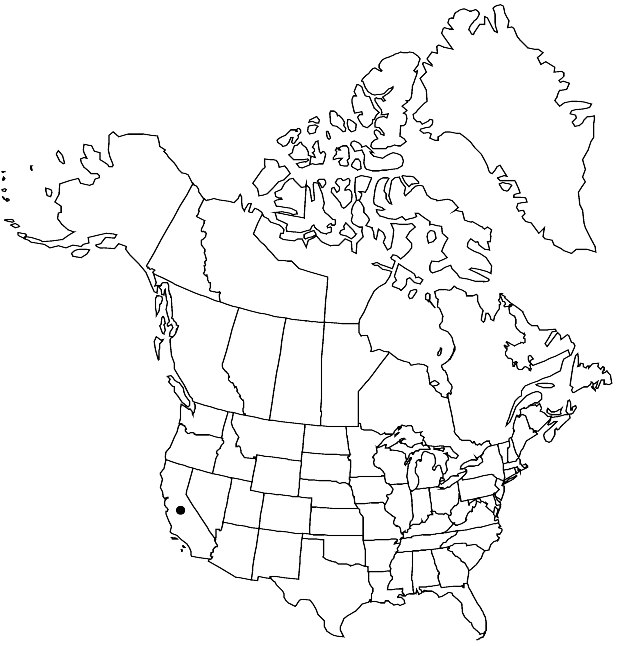Difference between revisions of "Boechera yorkii"
Madroño 51: 387, figs. 1–3. 2004.
FNA>Volume Importer |
imported>Volume Importer |
||
| (One intermediate revision by the same user not shown) | |||
| Line 46: | Line 46: | ||
|publication year=2004 | |publication year=2004 | ||
|special status= | |special status= | ||
| − | |source xml=https:// | + | |source xml=https://bitbucket.org/aafc-mbb/fna-data-curation/src/2e0870ddd59836b60bcf96646a41e87ea5a5943a/coarse_grained_fna_xml/V7/V7_604.xml |
|tribe=Brassicaceae tribe Boechereae | |tribe=Brassicaceae tribe Boechereae | ||
|genus=Boechera | |genus=Boechera | ||
Latest revision as of 22:34, 5 November 2020
Perennials; long-lived; sexual; caudex woody. Stems usually 1 per caudex branch, arising from center of rosette near ground surface, 1–3 dm, densely pubescent proximally, trichomes short-stalked, 4–7-rayed, 0.1–0.5 mm, mixed proximally with simple and short- to long-stalked, 2- or 3-rayed ones, to 1.5 mm, moderately pubescent distally. Basal leaves: blade linear-oblanceolate, 1.5–3 mm wide, margins entire, ciliate proximally, trichomes (simple and 2- or 3-rayed), to 1.5 mm, surfaces moderately pubescent, trichomes short-stalked, 4–7-rayed, 0.3–0.6 mm. Cauline leaves: 9–17, concealing stem proximally; blade auricles absent, surfaces of distalmost leaves moderately pubescent. Racemes 8–35-flowered, usually unbranched. Fruiting pedicels reflexed, straight, 1.5–2 mm, pubescent, trichomes appressed, branched. Flowers pendent at anthesis; sepals pubescent; petals yellowish proximally and brick-red distally or, rarely, one color throughout, 9–10 × 0.8–1 mm, glabrous; pollen ellipsoid. Fruits (immature) reflexed, often appressed to rachis, not secund, straight, edges parallel, ca. 4 cm; valves pubescent throughout; style ca. 0.3 mm. Seeds not seen.
Phenology: Flowering May.
Habitat: Crevices and ledges of calcareous rock outcrops
Elevation: 2200-2400 m
Discussion
Boechera yorkii is immediately recognizable by its yellowish to brick-red petals and extremely short (1.5–2 mm), reflexed fruiting pedicels. It is known only from Last Chance Mountains in Inyo County.
Selected References
None.
